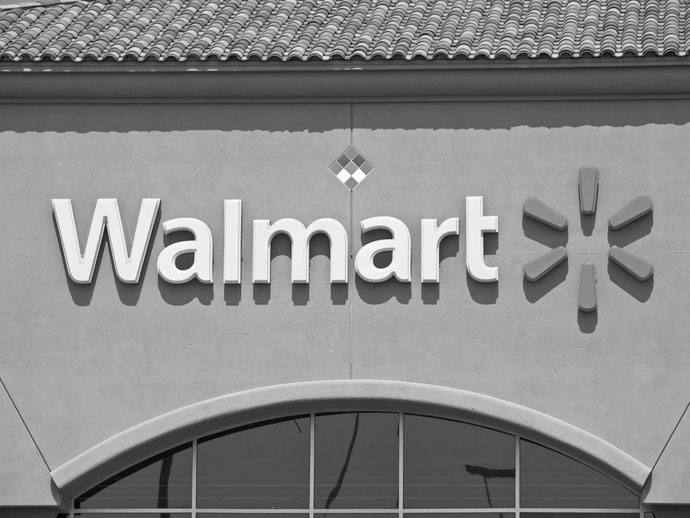Study Finds That More Walmart Equals More Crime
According to a new study released at the beginning of January, there is a correlation between the presence of Walmart and stunted declines in crime rates. Lead researcher Scott Wolfe of the University of South Carolina found that mo’ Walmart = mo’ crime after reviewing the difference in crime rate decline between counties with a Walmart and counties without, throughout the 1990s and into the 2000s. He focused on the nineties when crime rated plummeted and Walmart grew significantly. The study found that communities where Walmart was present experienced an average of seventeen additional property crimes and two more violent crimes per 10,000 people.
And it’s not just because seeing that Rollback smiley-thing sends some people into a violent frenzy. Wolfe said in a press release that during the 1990s “Walmart tended to expand in counties with higher than average crime rates, these counties were more likely to see Walmart build even after accounting for crime-related predictors, such as poverty, unemployment, immigration, population structure and residential turnover.”
David Pyrooz, the study’s co-author, added in the press release, “Counties with more social capital — citizens able and willing to speak up about the best interests of the community — tend to have lower crime rates. Counties with more crime may have less social capital and, therefore, less ability to prevent Walmart from building.”
Obviously, Walmart wasn’t all too happy with the study’s findings. Diane Gee, a spokeswoman for Walmart, threw some serious shade at the study. Gee told the Huffington Post, “This is a flawed study that relies on outdated information and fails to present the facts about Walmart’s positive impact on communities. The truth is the presence of Walmart has significant benefit to consumers, homeowners, and taxpayers. Families save money, property values increase, and millions of dollars in taxes are paid to local governments helping fund education, public safety, and infastructure improvements.”










































